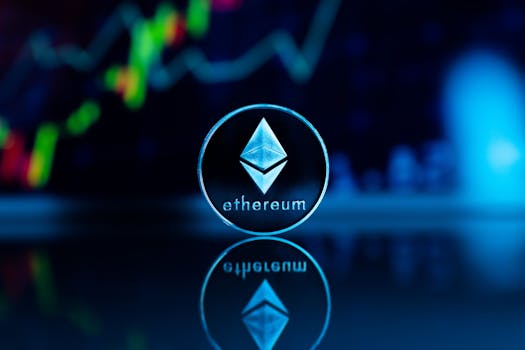Successfully navigating the cryptocurrency market requires understanding its intricacies. One common maneuver for many traders is exchanging Ethereum (ETH) for Tether (USDT). But how do you do it safely and efficiently? This guide demystifies the process of ETH to USDT, offering practical advice and actionable strategies to help you make informed decisions.
Understanding the ETH to USDT Exchange: Why Swap?
Many reasons drive the need to convert ETH to USDT. Perhaps you’re looking to secure profits after a successful ETH trade, wanting to hedge against ETH’s volatility, or needing a stablecoin for more predictable transactions. USDT, pegged to the US dollar, offers stability in the volatile crypto landscape. Understanding your reasons for converting is the first step in choosing the right approach.
Choosing the Right Platform: Centralized vs. Decentralized Exchanges
The choice between centralized exchanges (CEXs) and decentralized exchanges (DEXs) for your ETH to USDT conversion is crucial. CEXs like Binance, Coinbase, and Kraken offer convenience and often lower fees, but involve entrusting your assets to a third-party platform. DEXs, such as Uniswap or Curve, provide more control over your funds, but can sometimes have higher gas fees and more complex interfaces. In my experience, beginners often find CEXs easier to navigate.
Minimizing Fees: A Crucial Consideration
Transaction fees are a significant factor to consider when converting ETH to USDT. Fees vary between platforms and depend on network congestion. Research the fee structures of different exchanges before you begin your transaction to avoid unpleasant surprises. It’s also important to factor in any withdrawal fees if you’re moving your USDT to a different wallet.
Navigating the ETH to USDT Conversion Process: Step-by-Step
The actual process of converting ETH to USDT is relatively straightforward on most platforms. However, understanding the steps involved helps avoid common pitfalls.
Step 1: Choosing Your Exchange
Select a reputable exchange that supports both ETH and USDT trading. Check reviews and compare fees before making a decision.
Step 2: Depositing ETH
Transfer your ETH to your chosen exchange. Double-check the address to avoid irreversible losses.
Step 3: Placing Your Order
Navigate to the ETH/USDT trading pair. You’ll typically have the option to place a market order (executing at the current market price) or a limit order (specifying a price at which you’re willing to trade). I’ve often found that using limit orders can offer more control, especially in volatile markets.
Step 4: Confirming Your Transaction
Carefully review all details before confirming your trade. Once confirmed, the exchange will process your conversion.
Advanced Strategies for ETH to USDT Swapping
While the basic process is straightforward, advanced strategies can optimize your conversion.
Understanding Market Volatility
ETH’s price can fluctuate rapidly. Timing your ETH to USDT conversion can significantly impact your returns. Monitoring charts and understanding market trends can help you make more strategic decisions.
Diversification and Risk Management
Don’t put all your eggs in one basket. Diversifying your portfolio reduces your overall risk. Converting only a portion of your ETH to USDT can be a prudent approach.
Security Best Practices: Protecting Your Assets
Security should always be your top priority when dealing with cryptocurrencies.
Using Secure Wallets
Store your ETH and USDT in secure hardware or software wallets. Avoid leaving significant amounts on exchanges.
Enabling Two-Factor Authentication (2FA)
Always enable 2FA on your exchange accounts for added security.
Final Thoughts
Mastering the ETH to USDT exchange empowers you to navigate the crypto world with greater confidence and efficiency. By understanding the different platforms, fees, and security practices, you can optimize your trading strategies and safeguard your assets. But the question remains: what other strategies will you employ to maximize the benefits of this exchange process?
